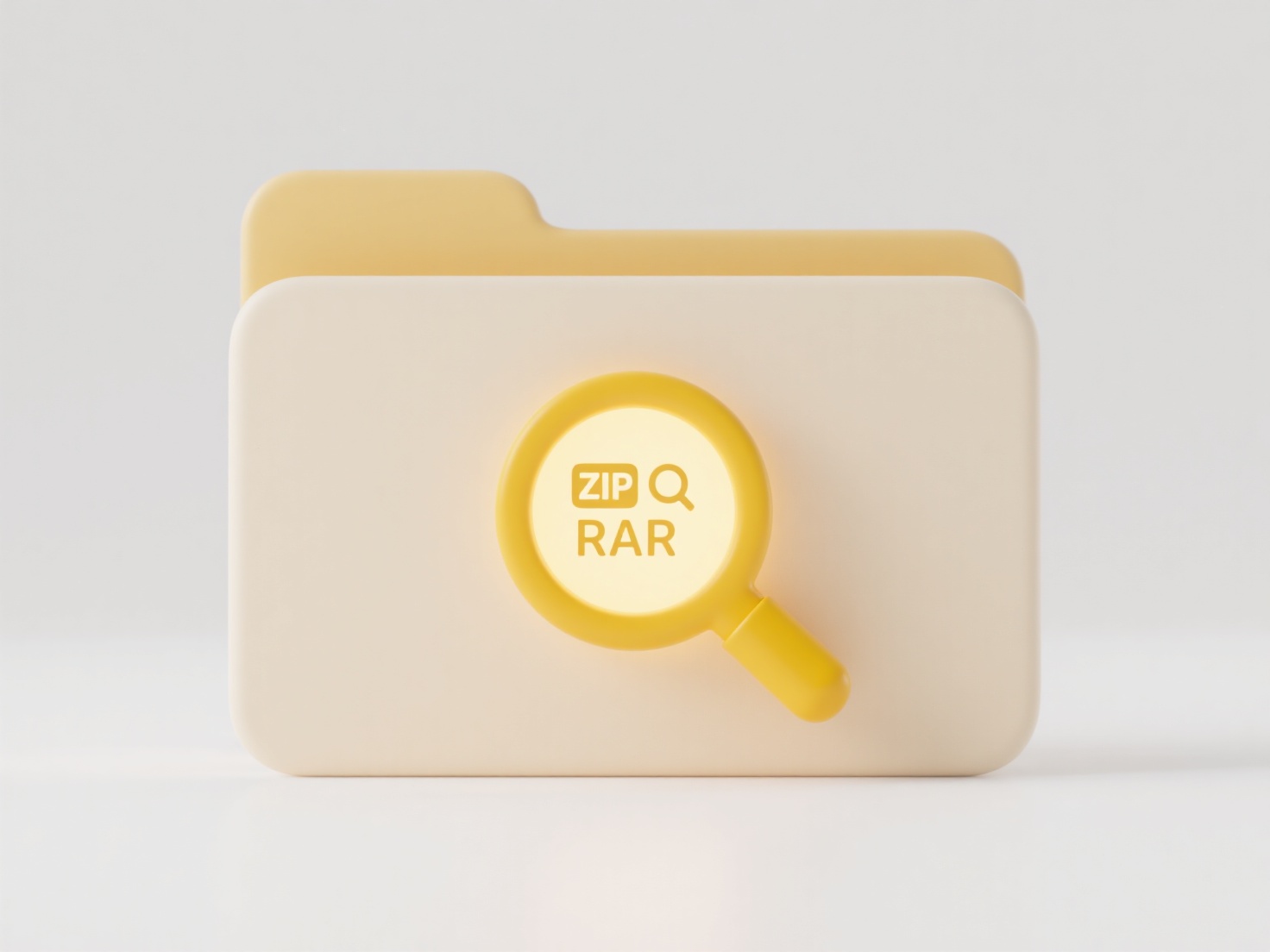
Setting folders to "always stay local" means configuring specific folders within a cloud storage application (like OneDrive, Dropbox, or iCloud Drive) to only exist on your computer's hard drive, bypassing cloud synchronization. Unlike synced folders that upload and store copies online, files placed in local-only folders never transfer to the cloud server. This setting is managed within the settings/preferences of your cloud storage app.

This approach is useful for scenarios like working with exceptionally large files (e.g., high-resolution videos for editing) where uploading is impractical, or when dealing with highly sensitive information that must remain exclusively on a local machine due to strict data handling policies. Tools like Microsoft OneDrive (Files On-Demand feature), Dropbox (Smart Sync), and similar services in Google Drive or Box offer settings to mark specific folders as "Online-only" (primarily cloud) or conversely "Always keep on this device" which ensures they remain local.
The main advantages are freeing up significant cloud storage space and ensuring sensitive data never leaves the local device. Key limitations are the lack of automatic cloud backup, accessibility only from that specific computer, and no version history from the cloud service. Users must implement their own local backup strategy for these folders. Beware that settings might sometimes revert during app updates or if syncing pauses.
How do I set folders to always stay local?
Setting folders to "always stay local" means configuring specific folders within a cloud storage application (like OneDrive, Dropbox, or iCloud Drive) to only exist on your computer's hard drive, bypassing cloud synchronization. Unlike synced folders that upload and store copies online, files placed in local-only folders never transfer to the cloud server. This setting is managed within the settings/preferences of your cloud storage app.

This approach is useful for scenarios like working with exceptionally large files (e.g., high-resolution videos for editing) where uploading is impractical, or when dealing with highly sensitive information that must remain exclusively on a local machine due to strict data handling policies. Tools like Microsoft OneDrive (Files On-Demand feature), Dropbox (Smart Sync), and similar services in Google Drive or Box offer settings to mark specific folders as "Online-only" (primarily cloud) or conversely "Always keep on this device" which ensures they remain local.
The main advantages are freeing up significant cloud storage space and ensuring sensitive data never leaves the local device. Key limitations are the lack of automatic cloud backup, accessibility only from that specific computer, and no version history from the cloud service. Users must implement their own local backup strategy for these folders. Beware that settings might sometimes revert during app updates or if syncing pauses.
Quick Article Links
What does “restricted access” mean on Google Drive?
Restricted access means that only specific people you individually approve can view or edit a file or folder stored in G...
How do I classify confidential folders?
Classifying confidential folders involves systematically categorizing files and directories based on the sensitivity and...
How do I search files stored in Google Drive?
Searching files in Google Drive involves using the built-in search bar at the top of the Drive interface. This tool scan...